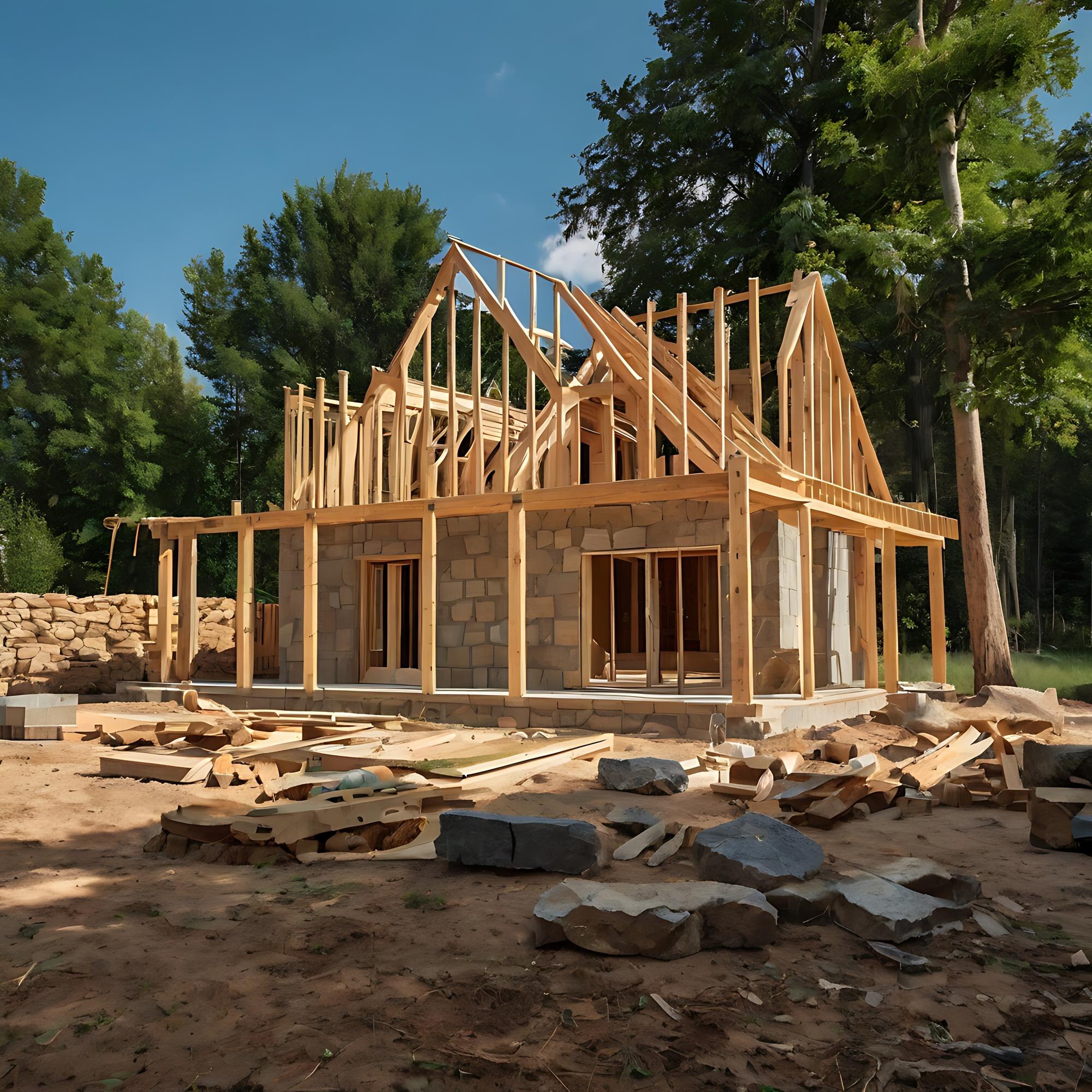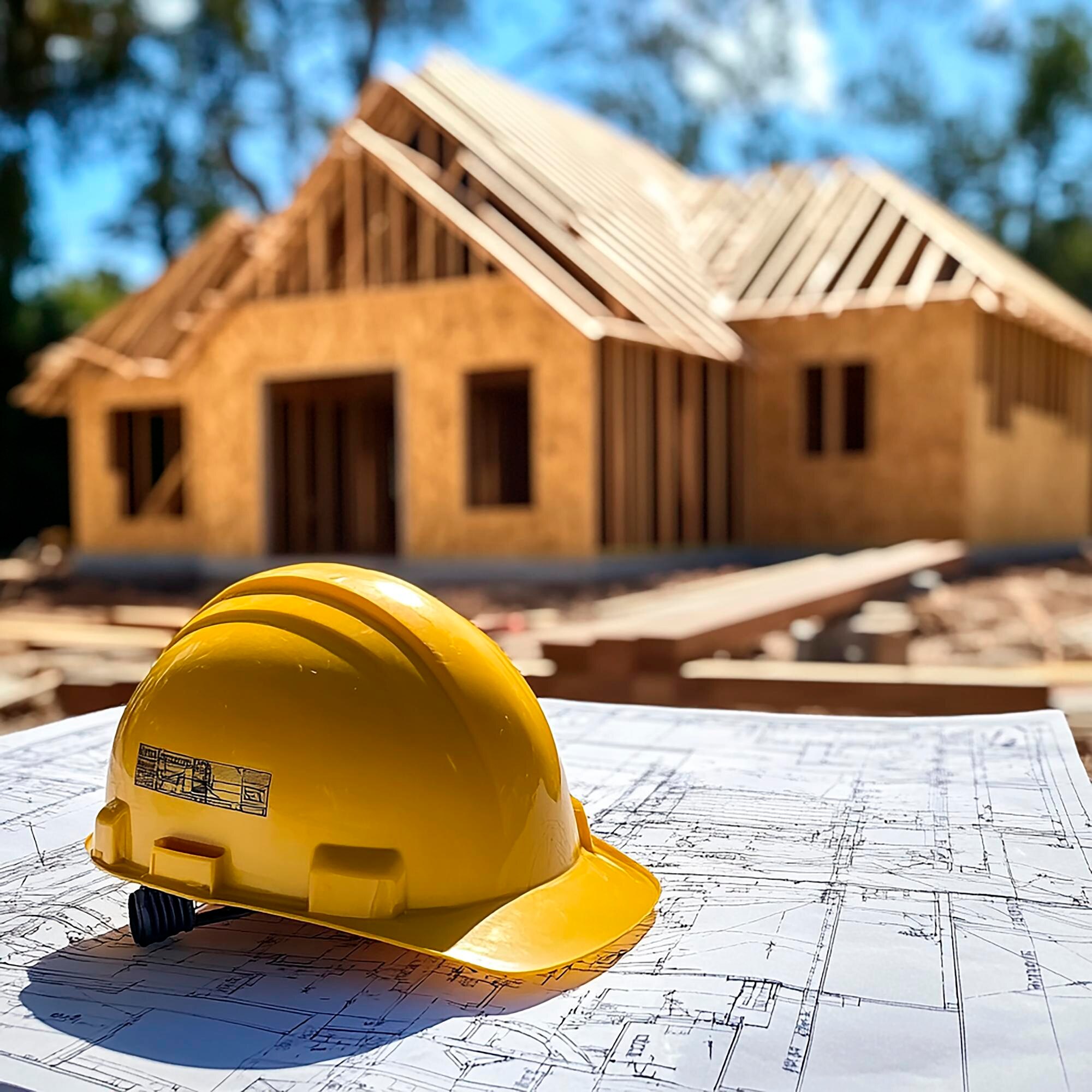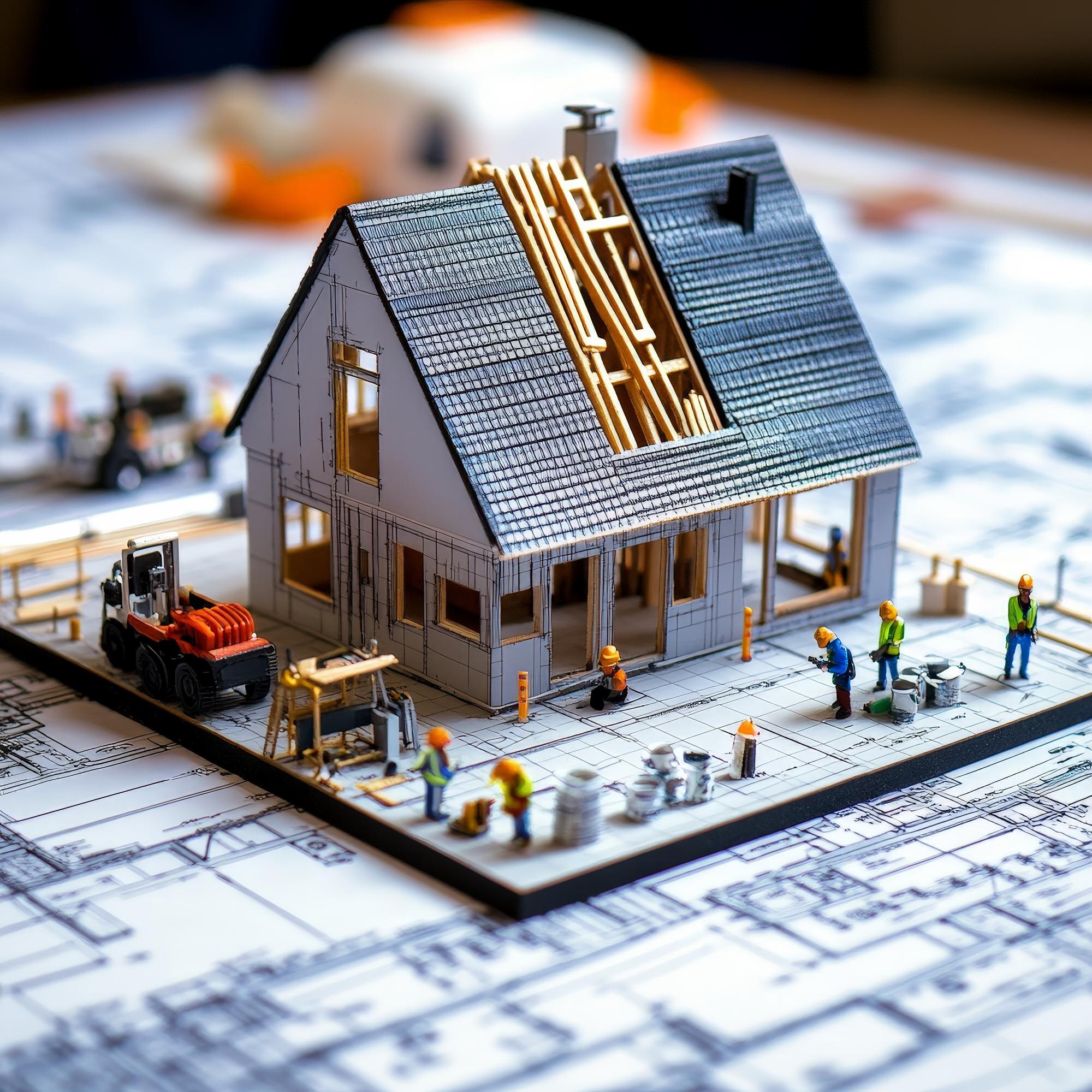Understanding the primary home building approaches helps you choose the most effective and well-coordinated path to turning your vision into a finished home.
Understanding Home Building
- Approaches Design-Build Model
This integrated approach streamlines home construction by uniting design and building services under a single entity. It fosters collaboration, simplifies communication, and often leads to faster project completion and more cohesive outcomes from concept to realization.
-
General Contractor Model
Here, the client contracts an architect for design, then hires a general contractor to execute the construction based on those plans. This method offers distinct phases for design and construction, allowing for competitive bidding among various contractors.
-
Owner-Builder Approach
For those with significant experience and time, this method involves the homeowner directly managing all aspects of the project, from hiring subcontractors to sourcing materials. It offers maximum control but demands extensive dedication and expertise.
Key Evaluation Criteria for Your Home Project
-
Cost Management & Clarity
Assesses the transparency of pricing, predictability of costs, and the effectiveness of staying within the allocated budget. Crucial for understanding financial commitments.
-
Project Timeline & Pace
Evaluates the efficiency of the construction schedule, from planning to handover. Considers coordination, potential delays, and overall speed of execution.
-
Quality & Craftsmanship
Focuses on material standards, labor skill, and the overall finish. Ensures adherence to high construction standards and desired aesthetic outcomes.
-
Client Engagement & Influence
Examines the degree of client involvement and communication throughout the process. Includes opportunities for input and the collaborative experience.
Comparing Home Building Methodologies
The Design-Build approach excels in cost management by integrating design and construction. This allows for early cost estimation and value engineering, reducing unexpected expenses. ProtoConstructionszuv provides clear, upfront pricing, minimizing budget surprises. The unified team streamlines communication, leading to an efficient project timeline and often faster completion, as design and construction phases can overlap effectively.
With a single point of responsibility, Design-Build inherently promotes consistent quality and craftsmanship. The entire team shares a common vision, ensuring high standards across all phases. Client engagement is robust; clients remain central to key decisions. This collaborative environment ensures their vision is realized without the burden of coordinating multiple independent parties.
The General Contractor Model can offer competitive pricing through multiple bids, potentially leading to lower initial costs. However, cost clarity might fluctuate if design changes occur post-bidding, leading to change orders. Project timelines can be extended due to the sequential nature of design and construction, requiring distinct phases for architectural work, bidding, and then building. Coordination can also introduce delays.
Quality in the General Contractor Model is highly dependent on the chosen contractor and architectural plans. While architects set standards, execution relies on the contractor's adherence and skill. Client engagement is strong during design. During construction, communication shifts to the general contractor, requiring the client to oversee alignment with the architect's vision.
The Owner-Builder approach offers potential for significant cost savings by eliminating contractor overhead. However, it demands meticulous cost tracking and deep understanding of material and labor costs, challenging for the inexperienced. Unforeseen expenses are common. Project timelines depend entirely on the owner's availability, project management skills, and ability to coordinate, often leading to longer, less predictable schedules.
Quality and craftsmanship in the Owner-Builder model are directly tied to the owner's ability to select skilled tradespeople and manage their work. Without professional oversight, ensuring consistent high standards can be difficult. Client engagement is absolute, as the owner is the client, project manager, and decision-maker. This provides maximum control but also carries the full burden of responsibility for all aspects.
Choosing the Right Approach for Your Home Building Journey
For clients prioritizing seamless execution, predictable costs, and a unified vision, the Design-Build model is often optimal. It suits those who appreciate a single point of contact, minimizing personal project management burden. If efficiency and a collaborative process are key, ProtoConstructionszuv’s integrated approach is highly recommended.
The General Contractor model suits clients with a completed architectural design who prefer separate design and construction phases. This allows for detailed specifications and competitive bidding, offering flexibility in selection. It requires the client to actively manage the relationship between the architect and the chosen builder effectively.
The Owner-Builder path is ideal for individuals with substantial construction experience, significant time, and a strong desire for maximum personal control. While it offers potential cost savings, it comes with full responsibility for project management, coordination, and quality assurance. This method is best reserved for highly engaged, knowledgeable individuals.
Ultimately, the best approach depends on your specific needs, experience level, and desired involvement. Consider your comfort with managing complexities, your budget flexibility, and time dedication. Evaluating these factors carefully will guide you towards the method that best aligns with your vision for building your dream home.










This article provides a clear overview of the different home building approaches. It's helpful to see the pros and cons laid out so logically.
I appreciate the focus on cost management and quality. These are critical aspects often overlooked in initial discussions. The distinction between general contractor and design-build is well-explained.
The Owner-Builder section was a good reality check. It's easy to underestimate the commitment required for that path.